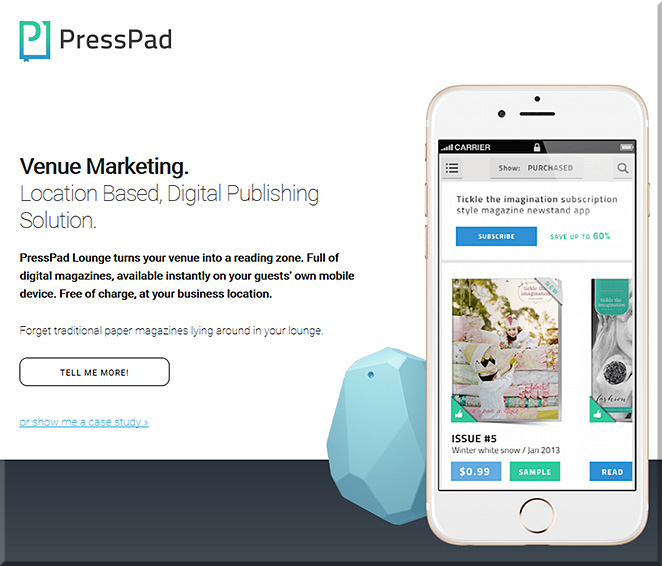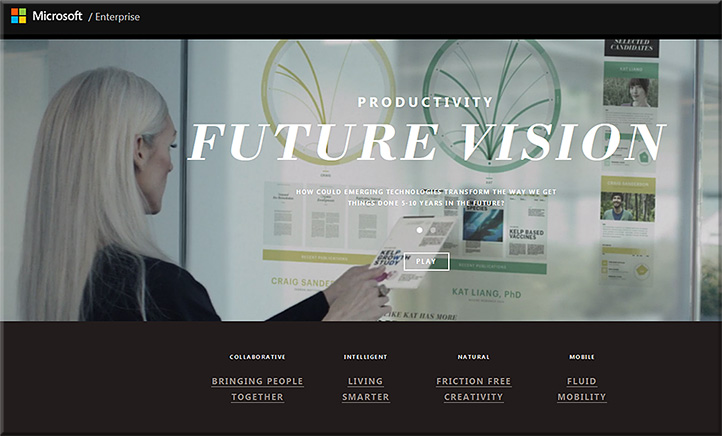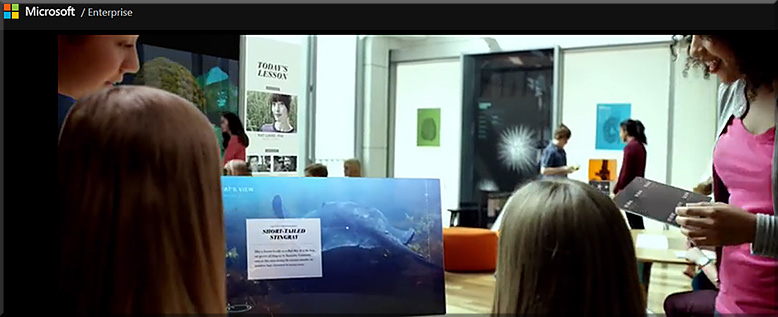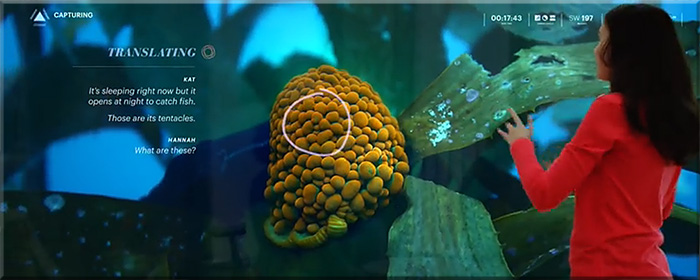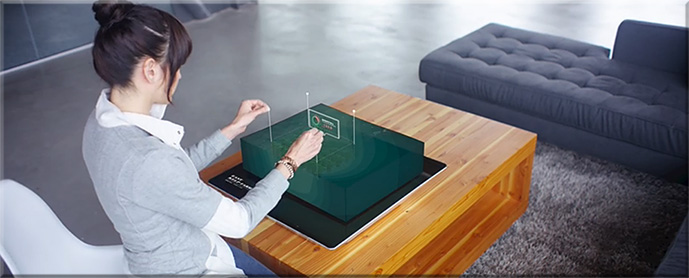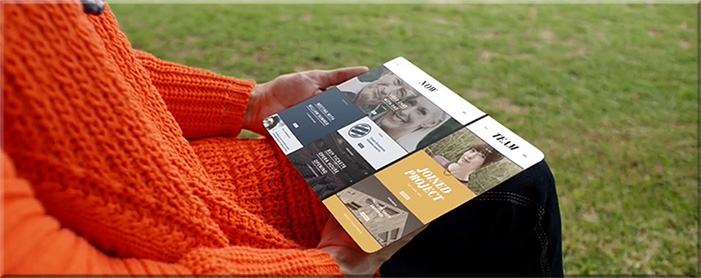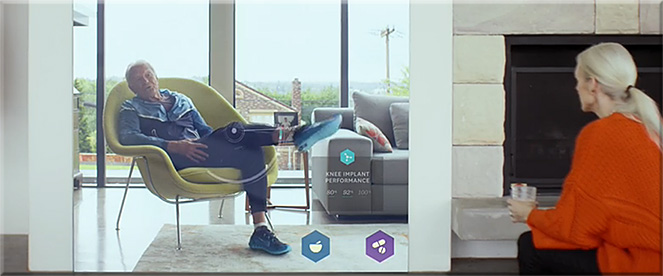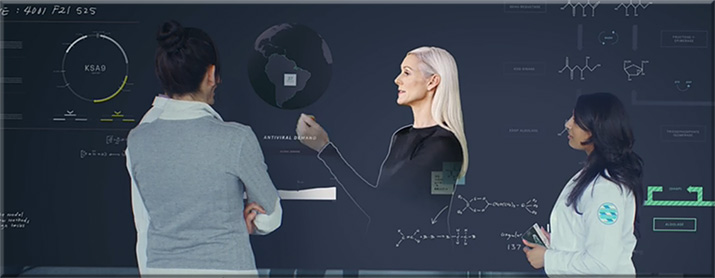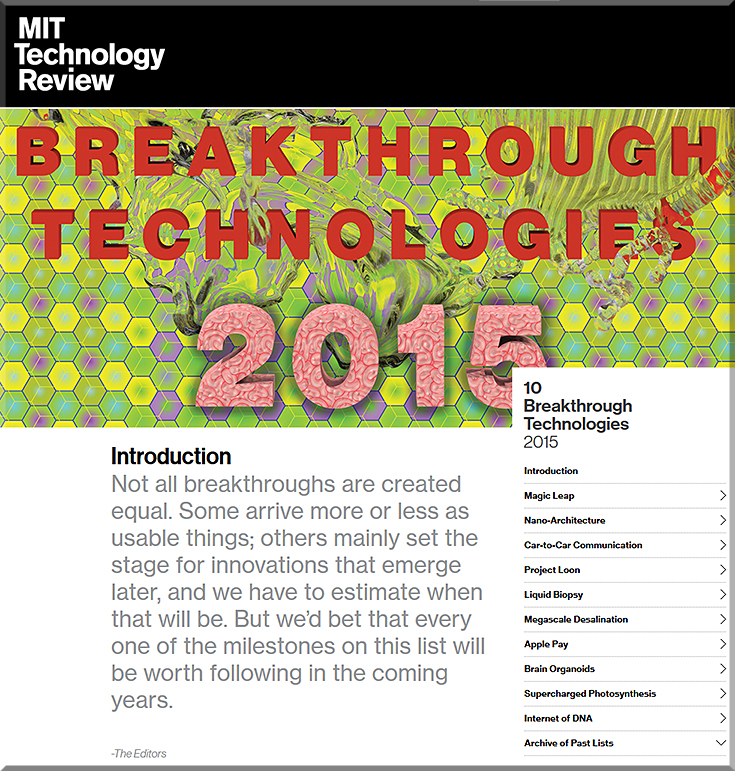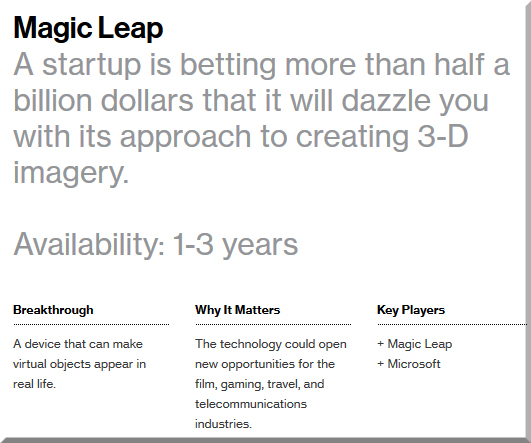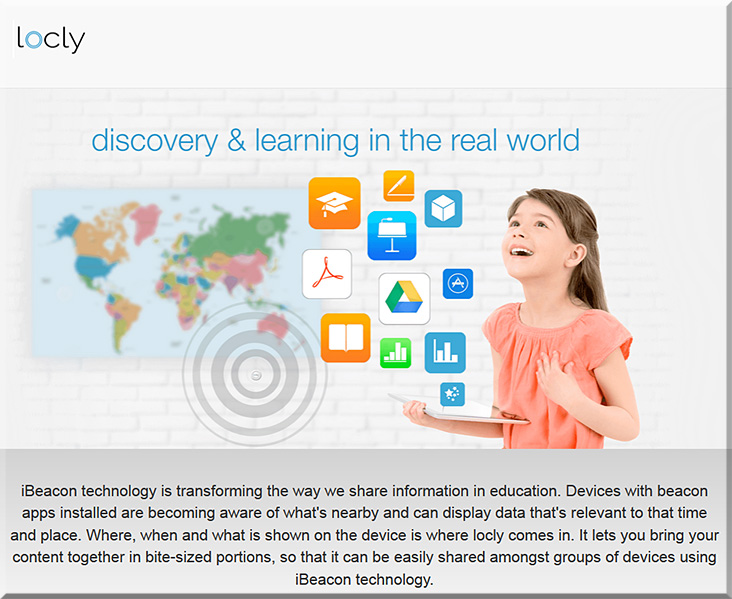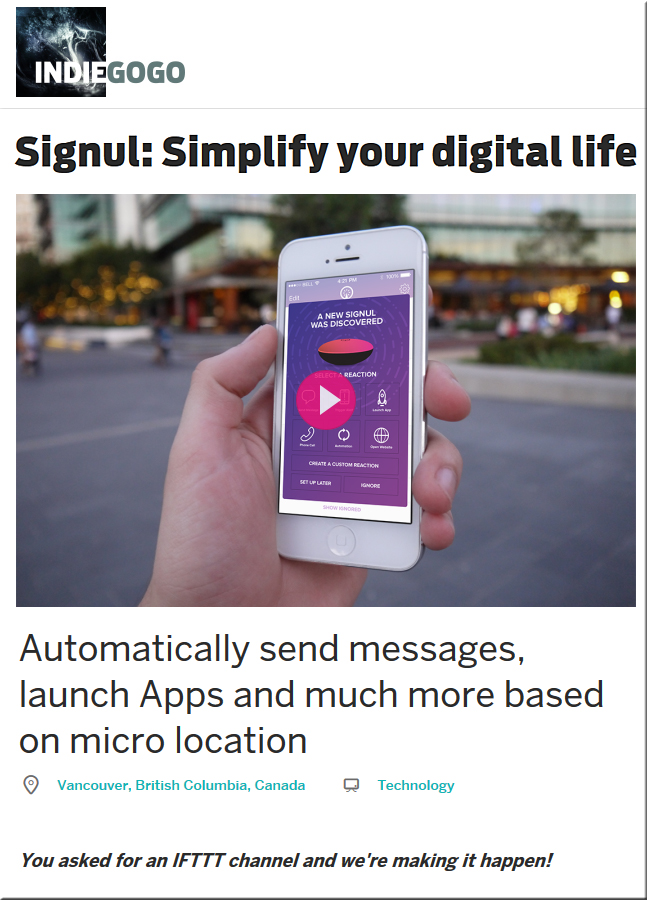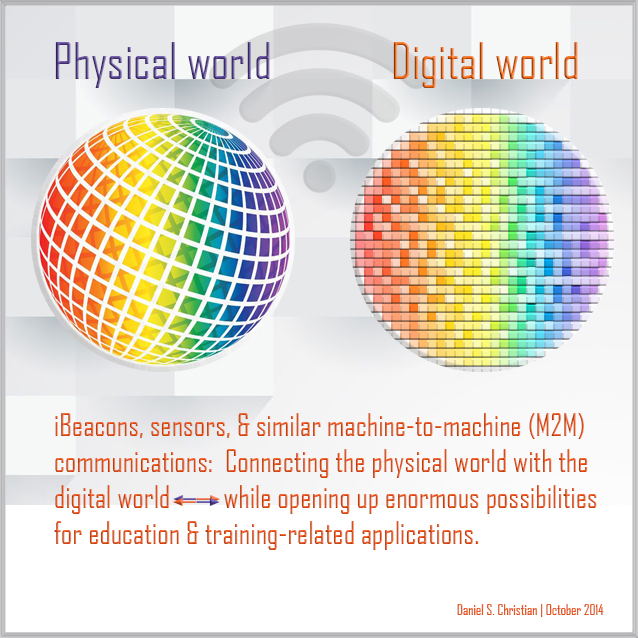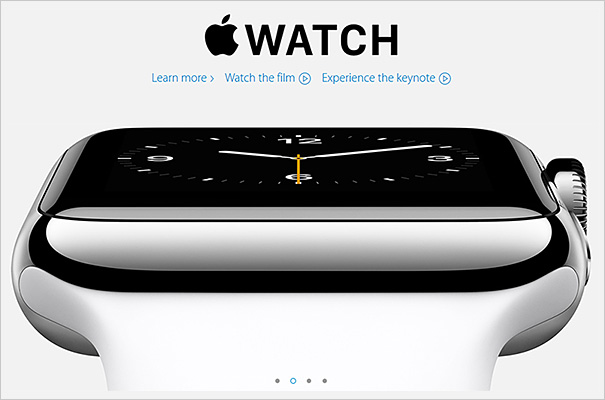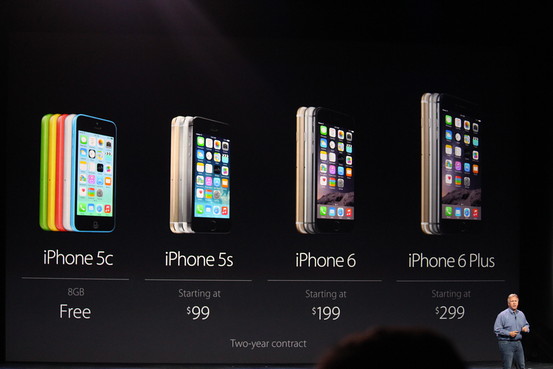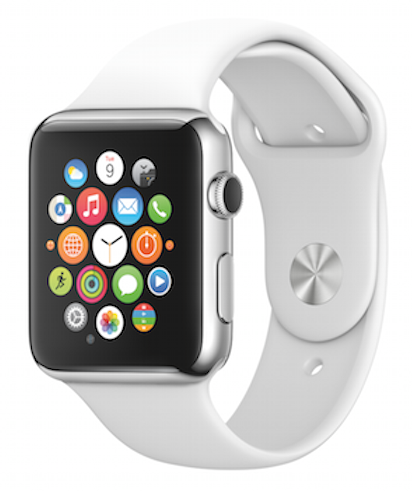From DSC:
What applications and implications might this type of setup mean for libraries? For classrooms?
PressPad Lounge: new digital press corner that utilizes iBeacon technology — from talkingnewmedia.com by D.B. Hebbard
Excerpt:
The idea behind PressPad Lounge is that the service allows a business to turn a space into a reading zone, allowing those with mobile devices to access digital publications for free.
Excerpt:
With PressPad Lounge, people visiting your venue are able to install the magazine app of their choice, and read every issue for free while remaining PHYSICALLY within your venue.
Whether it’s a hotel lobby, a shopping mall, restaurant or a booth, PressPad Lounge enables a slick marriage of digital publishing with location marketing. People located within the range of the reading zone will be able to read magazines on their mobile devices, for free.










